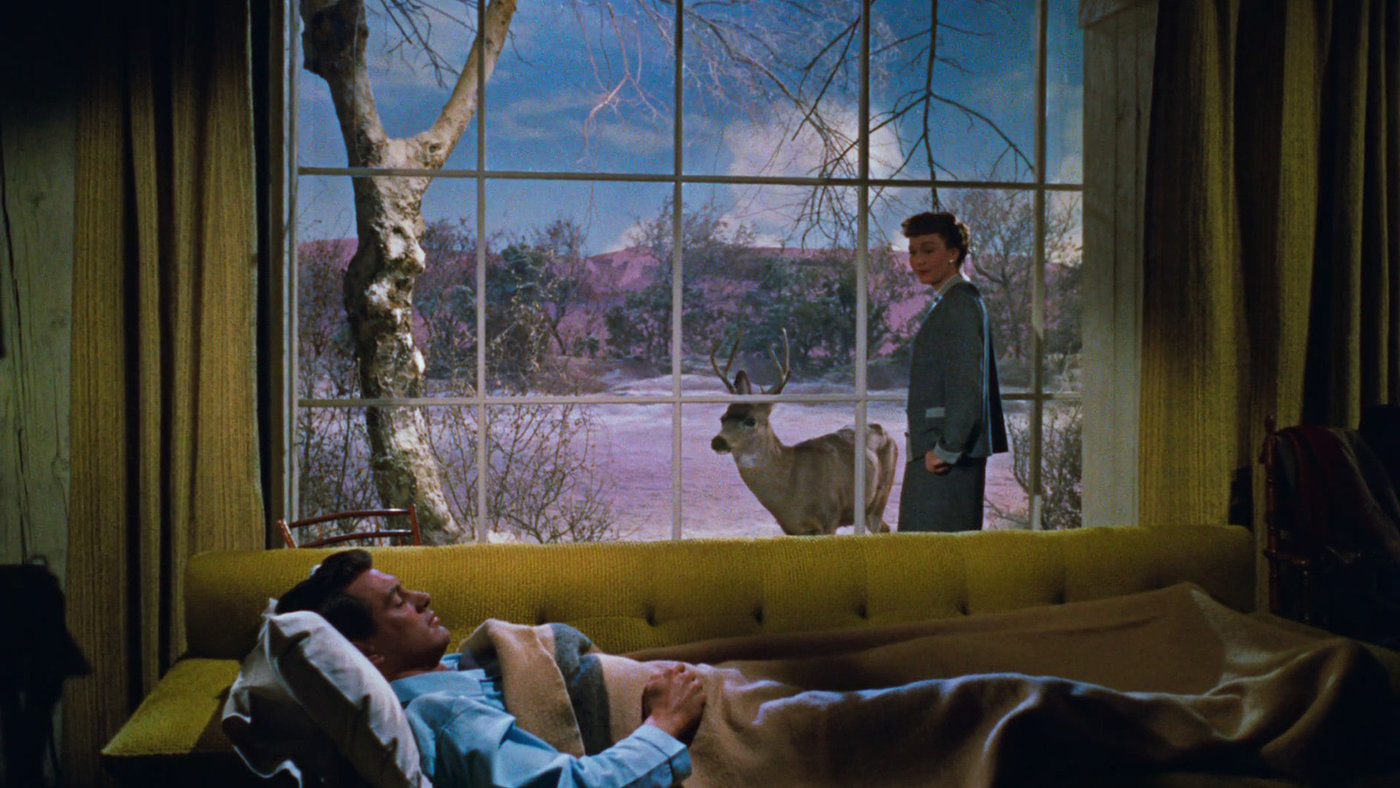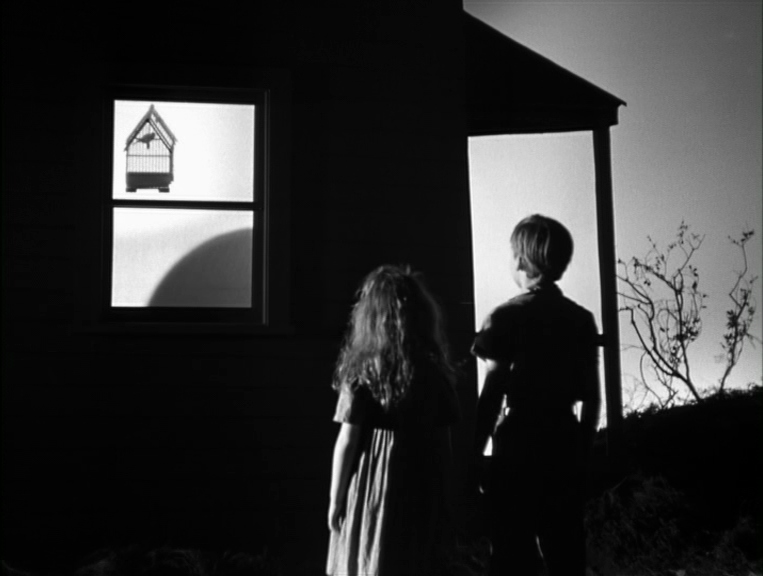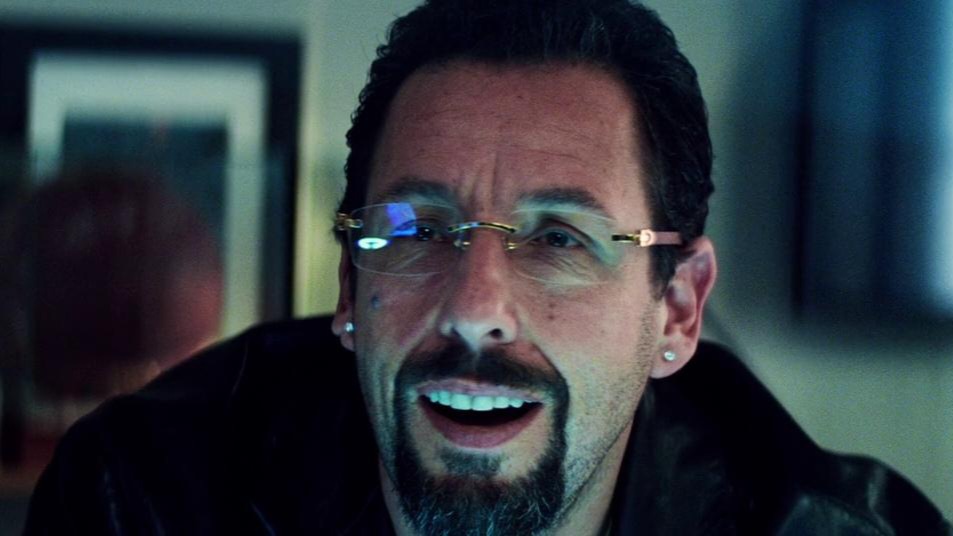Russell Metty. The name might not ring a bell for the average moviegoer, but his influence on the visual landscape of classic Hollywood is undeniable. He wasn’t a director shouting orders from behind a megaphone, nor a star commanding the screen. Instead, Metty was a silent architect of cinematic beauty, a Director of Photography (DP) whose masterful work shaped the look and feel of some of cinema’s most cherished films.
Born in 1906, Metty’s career spanned decades, witnessing the evolution of filmmaking from silent films to the vibrant Technicolor era. He wasn’t just technically proficient; he possessed an artistic vision that elevated films beyond mere narratives, transforming them into visual poems. His skill lay in understanding light—not just its technical aspects, but its emotional power. He could use shadows to create suspense, highlight a character’s vulnerability with a soft glow, or bathe a scene in glorious sunshine to convey warmth and optimism.

Working with Hitchcock
Metty’s collaboration with legendary directors solidified his place in cinematic history. His work with Alfred Hitchcock, for instance, is particularly noteworthy. He lent his distinctive visual style to classics like “Vertigo” (1958) and “North by Northwest” (1959). In “Vertigo”, his use of light and shadow, along with his expert framing, perfectly captured the film’s dizzying atmosphere of suspense and paranoia. The iconic shots of San Francisco, shrouded in mist and mystery, are testaments to Metty’s ability to create atmosphere purely through cinematography. Similarly, “North by Northwest”‘s breathtaking landscapes, meticulously lit to enhance their dramatic impact, showcase his talent for visually stunning storytelling.
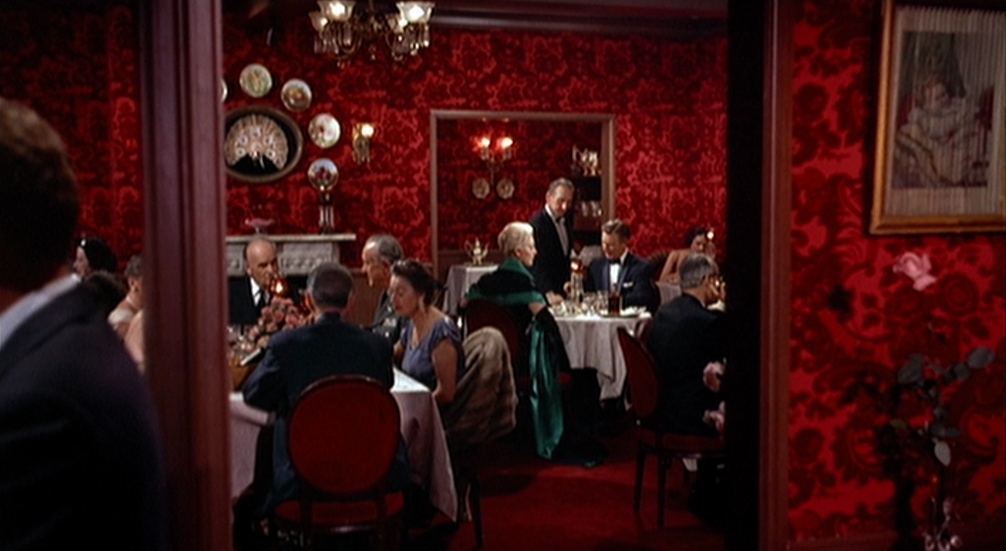
Work with Hollywood Greatest
Beyond Hitchcock, Metty’s filmography reads like a who’s who of Hollywood greats. He collaborated with directors like Billy Wilder, contributing to the visual elegance of “Some Like It Hot” (1959), and worked on classics like “The Apartment” (1960), demonstrating his adaptability across genres. He’s also behind the real-life Disney look of Douglas Sirk’s films. His ability to seamlessly blend technical proficiency with artistic vision allowed him to create visuals that perfectly complemented the films’ narratives, enhancing their impact and leaving an enduring legacy.
Douglas Sirk’s Films
Films like “Imitation of Life” and “All That Heaven Allows.” are celebrated for their visual flair. Metty skillfully utilized the Technicolor process to create a rich and vibrant palette. This was instrumental in enhancing the emotional depth and visual appeal of these films. His mastery of lighting helped to shape the mood and tone. He used lighting to highlight characters’ emotions and to create contrast that added depth to each scene.
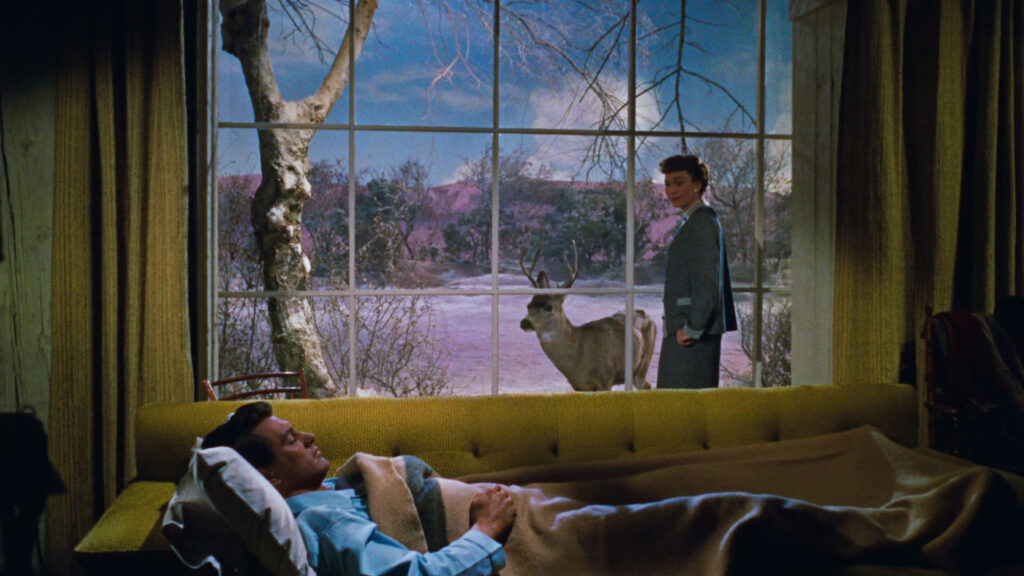
Metty’s compositions were meticulously crafted, often using framing to emphasize themes of isolation or connection. His use of space within the frame helped to convey the underlying narratives of the films. Working closely with director Douglas Sirk, Metty contributed to a distinctive visual style that became a hallmark of their collaborations. Sirk’s emphasis on melodrama was matched by Metty’s ability to visually express complex emotional states.
Russell Metty often incorporated symbolism and visual metaphors into his cinematography, adding layers of meaning to the narrative and encouraging viewers to engage with the story on a deeper level. Metty’s contributions to the visual storytelling in these films are a testament to his skill and creativity as a cinematographer, helping to ensure their lasting impact and recognition in cinematic history.
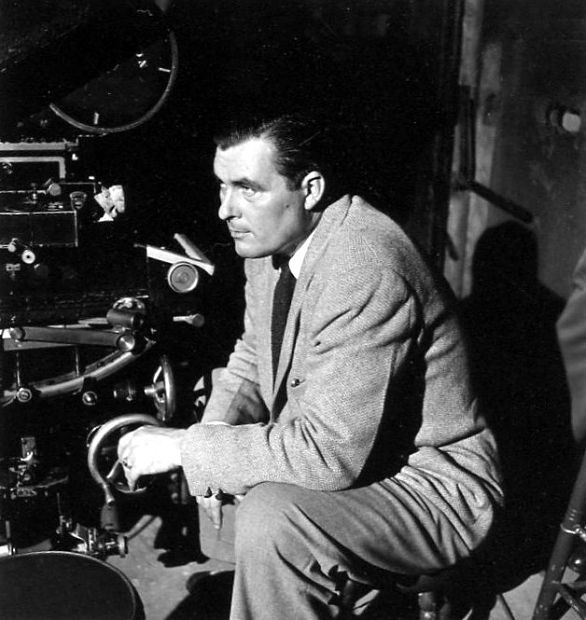
Conclusion
Metty’s contributions extend beyond individual films. He helped shape the very look and feel of classic Hollywood cinema. His mastery of lighting techniques, his understanding of composition, and his ability to create mood and atmosphere through visual storytelling influenced generations of DPs who followed. He was a true artist, a master craftsman whose legacy continues to inspire and awe. His name may not be as widely recognized as the stars and directors he worked with, but his impact on the cinematic landscape is undeniable, a testament to the power of unseen artistry. He is, without a doubt, one of the unsung heroes of the Golden Age of Hollywood.

